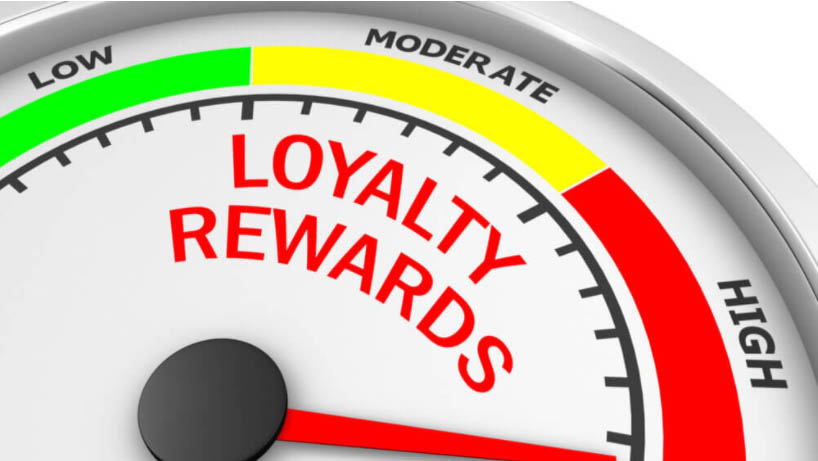Here’s a question: is Amazon Prime a loyalty program?
Loyalty programs are defined as “the ability to identify to recognize and reward high-value customers, with the intent of retaining them and increasing their custom and value to the brand”
With that in mind, what’s the answer? Is Amazon Prime a subscription or a loyalty program? Can it be both?
Either way, loyalty programs (or subscription services) need to benefit customers—and the businesses that offer them.
In this article, we’ll take a look at the advantages that marketplace loyalty programs pose to buyers and sellers alike.
Examples of Great Marketplace Loyalty Programs
All of the best loyalty programs have a great benefit to the business as well as the customers.
The Tesco Club Card, while being a program to reward customers, generated greater value for the organization with its insights for sellers who sold their products at Tesco.
While many companies offer their own loyalty programs, there are some programs that will cover it for you.
Payback is a multi-brand loyalty program that offers rewards that can be used across a number of different companies.
We are also beginning to see the emergence of a number of other marketplaces.
Flipkart offers Supercoins that can be redeemed for rewards from a number of different brands. Intermiles allows you to redeem points across a number of airliners, rental cars, and hotels. Food delivery services like Swiggy and Zomato offer points that can be redeemed at different restaurants.
Even Uber has started offering rewards for rides that can be used at different restaurants through Uber eatsEats.
As customers flock to these rewards, you can expect to see more companies add them to their own offerings.
How to Design a Great Loyalty Program
One of the most important things in ensuring the success of a loyalty program is the design of that program.
With so many marketplace programs to learn from, it’s still a challenge to design a program that will be successful.
Here are some thumb rules for good design.
Customer Engagement
Marketplace customer loyalty programs must offer sufficient reason for members to engage with the program. This includes financial rewards, but shouldn’t be limited to them. Add additional perks to keep your customers interested.
Tracking Consumer Habits
Today’s customers don’t just want to get rewards: they want relevant rewards.
One of Amazon Prime’s best tools is highly personalized recommendations section. By adopting this sort of tool, not only do their customers keep coming back for the same items, they move on to other items too.
These new items keep customers engaged and loyal.
The Right Data
In order to make accurate recommendations to your customers, you need to know who they are. A successful loyalty program will collect relevant data that will allow you to gain insight into their buying habits.
Just make sure your recommendations aren’t so accurate that they seem creepy.
Keep It Simple
A customer has racked up thousands of loyalty points in your program.
But how can they actually redeem them?
If your customer loyalty program is too complicated, customers can get frustrated and abandon the program altogether.
Make sure the interface is easy to navigate and the program is easy to understand.
Make sure that your team is highly trained to answer any questions that your buyers might have.
Stay on Brand
Make sure that you always remember that the marketplace is a brand. This is true even if it is a platform supporting several brands.
Every aspect of your program should stay consistent, from the website, app, and even currency that users collect. This will give legitimacy to your loyalty program, building trust in it.
All About the Rewards
At the end of the day, the most important part of a customer rewards program is the rewards.
If your rewards aren’t enticing, then customers won’t care at all about using your loyalty program. It’s important to offer incentives that they actually care about.
Here are some of the end benefits of what a loyalty currency be used effectively for:
- Add incentives to existing deals, seasonal offers, bundles, etc.
- More effectively manage logistics by incentivizing cheaper shipping options
- Incentivize preferred payment methods
- Maximize buyer activity during high traffic times—weekends, payday, etc.
- Improve price realization and attract deal-shoppers
Rewards Programs vs. Rewards Marketplaces
You might think that there’s no reason to join a rewards marketplace. After all, shouldn’t your individual rewards programs be enough to keep your customers satisfied?
Not necessarily.
Marketplaces have the ability to create loyalty to the platform and understand brand preferences, buying preferences, customer behavior, and trends across categories that are not available to single brand programs.
As a brand focuses on the values and benefits that drive its customer segment, the larger marketplace focuses on a spectrum of brands and the buying behavior of the customers both within and across these brands.
The Most Important Thing…
The single most important factor that the marketplace builds is trust.
Consumer trust is built on a brand’s ability to consistently meet customer expectations, time and time again.
This trust is built on your service for your customers, owning up to your own mistakes and correcting it without making a customer go through endless hoops.
At the end of the day, marketplace loyalty programs are an extension of your own customer service. By offering high value, worthwhile rewards to your customers, their trust in your brand continues to grow.
Want to offer better care to your customers without stretching your own resources? Join a high-quality marketplace loyalty program today!


Recent Comments